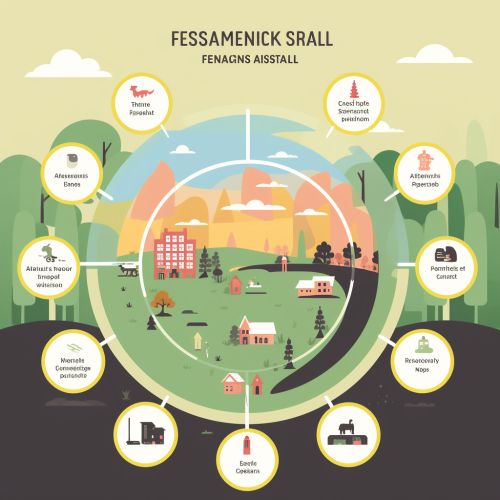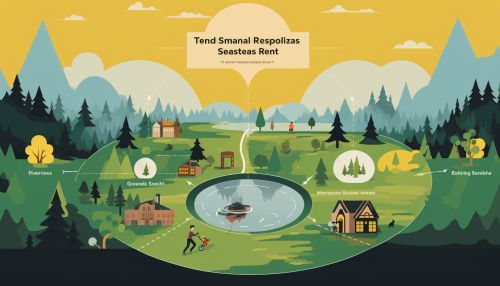Strategic Environmental Assessment
Introduction
Strategic Environmental Assessment (SEA) is a systematic decision support process, aiming to ensure that environmental and possibly other sustainability aspects are considered effectively in policy, plan and program making. In this context, following the EIA Directive (85/337/EEC), the European Union has defined in Directive 2001/42/EC (known as the 'SEA Directive') that:
"An environmental assessment shall be carried out for certain plans and programmes which are likely to have significant effects on the environment."


History and Development
The concept of Strategic Environmental Assessment originates from the more established practice of Environmental Impact Assessment. The SEA process has evolved significantly since its inception in the 1980s, and is now applied in several countries around the world, either as a regulatory requirement or as a voluntary initiative.
Principles and Methodology
The SEA process is typically applied to an entire sector, such as a country's energy or agriculture sector, or to a geographical region or landscape. It involves a series of steps, including screening, scoping, assessment and evaluation, decision-making, and monitoring.
Applications and Case Studies
SEA has been applied in various sectors and regions around the world. This section provides an overview of some of the key applications and case studies of SEA, including its use in energy planning, regional development planning, and climate change adaptation planning.
Challenges and Opportunities
Despite its potential benefits, the application of SEA is not without challenges. These include technical and capacity constraints, institutional barriers, and issues related to stakeholder participation and transparency. However, there are also many opportunities for enhancing the effectiveness and efficiency of SEA, including through the use of new technologies and approaches, and through greater integration with other planning and decision-making processes.
See Also
Environmental Impact Assessment Sustainability Assessment Environmental Planning
